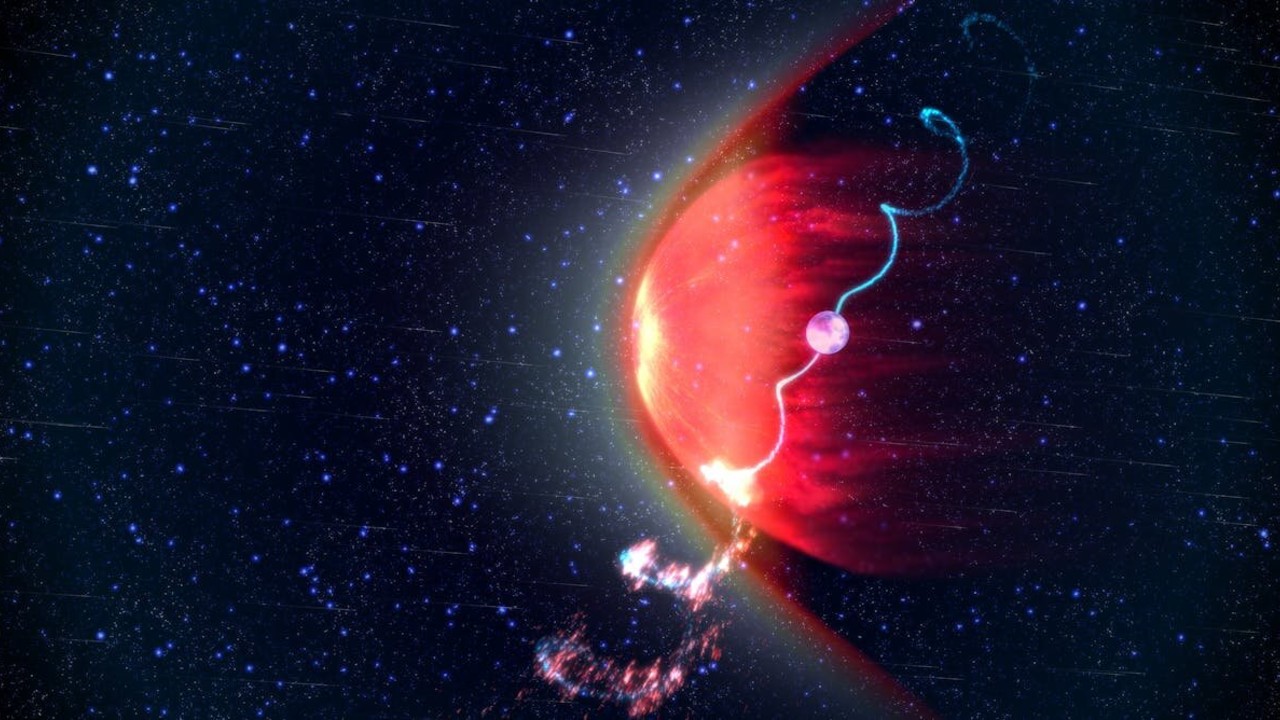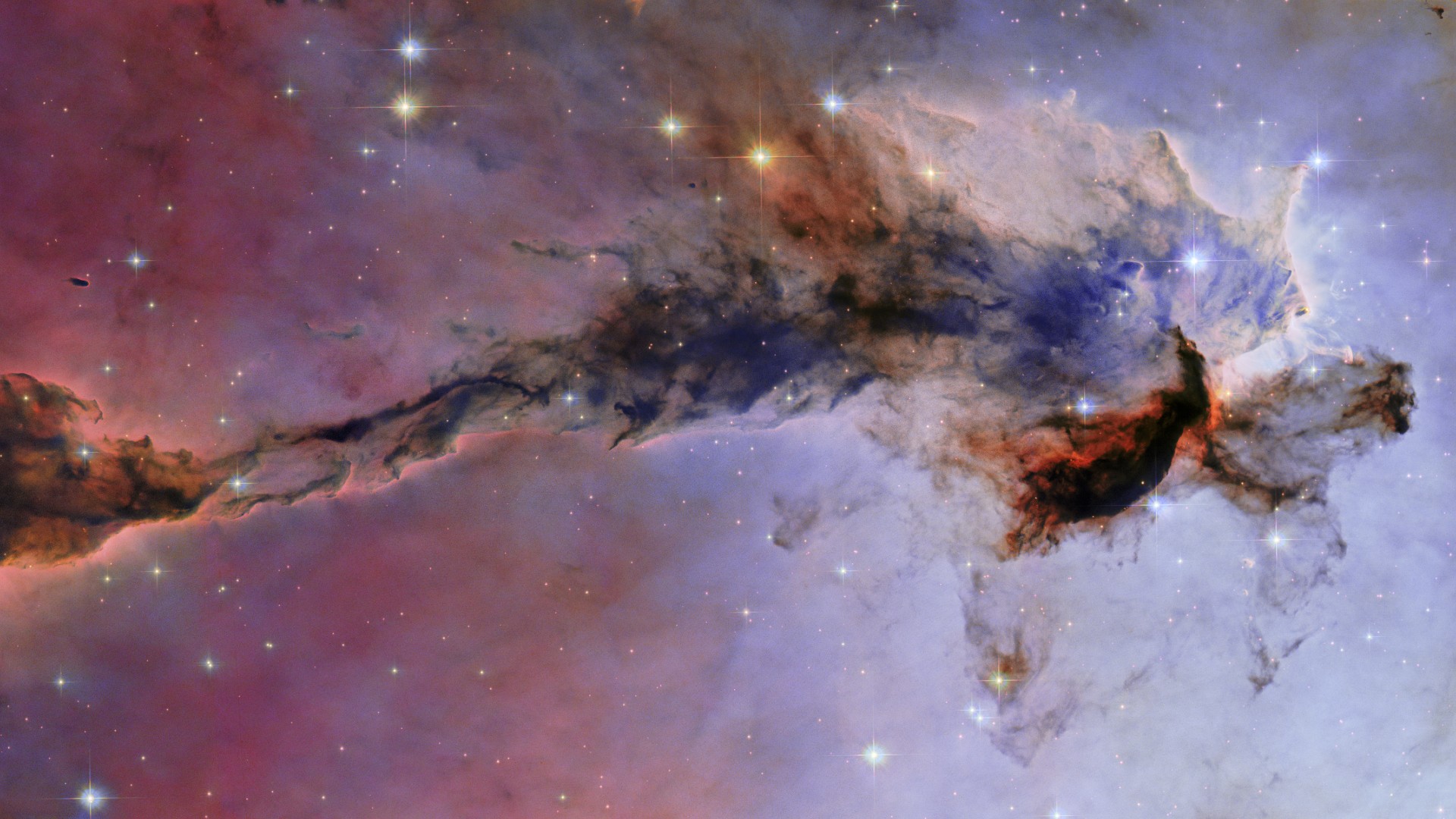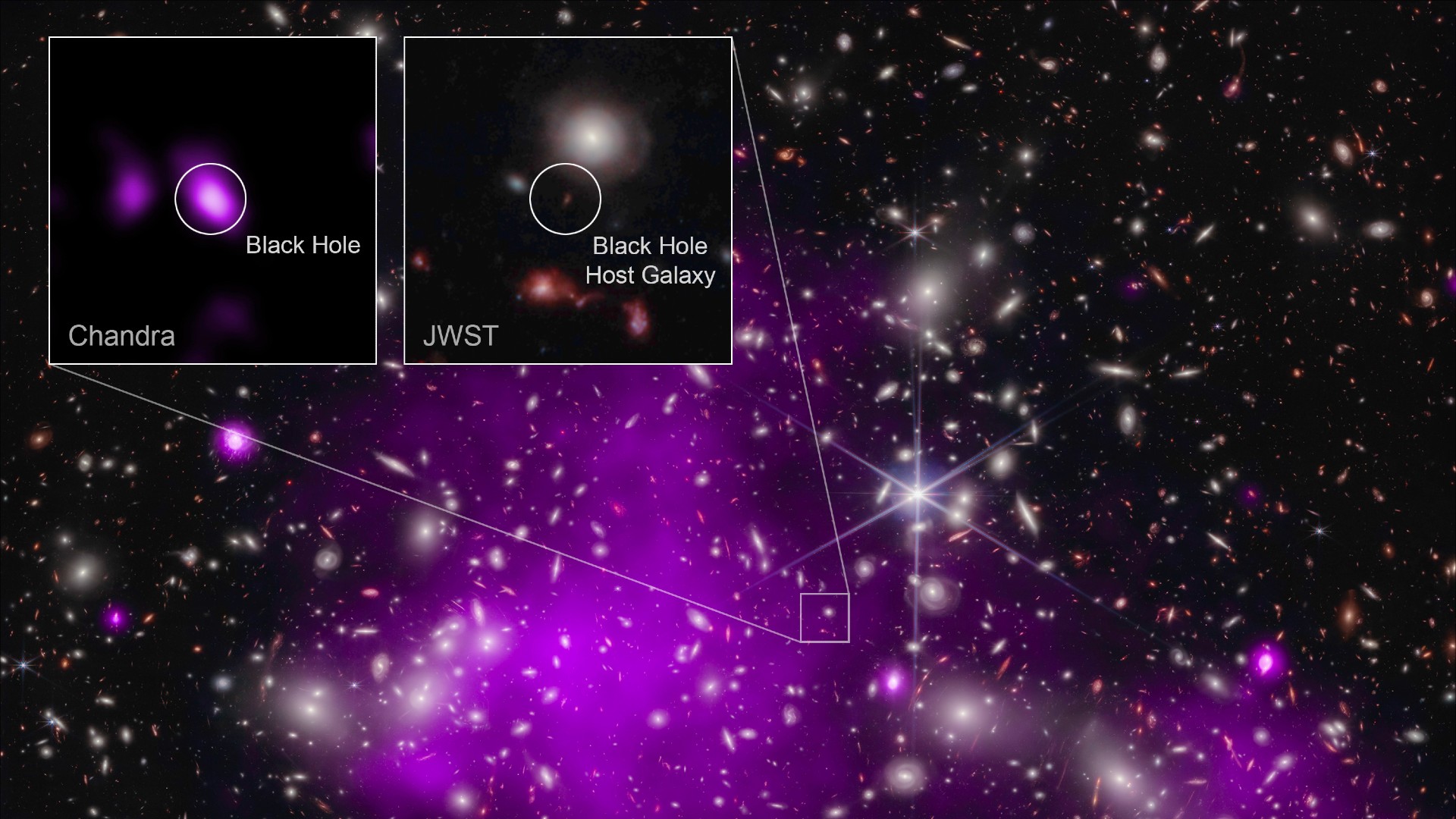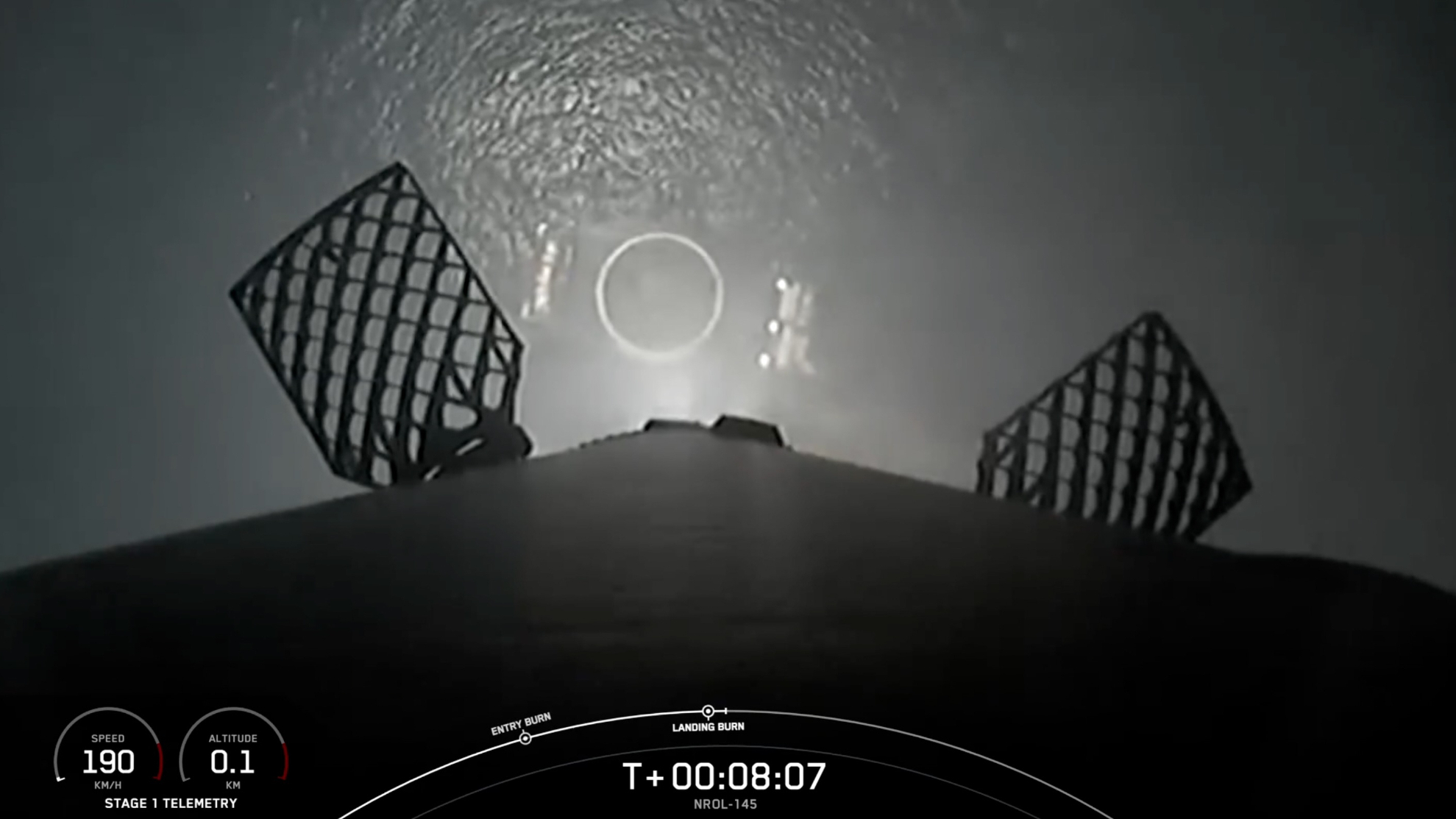Scientists used JWST instruments 'wrong' on purpose to capture direct images of exoplanets
"I like to joke that for this paper we 'used the coronagraphs wrong'"
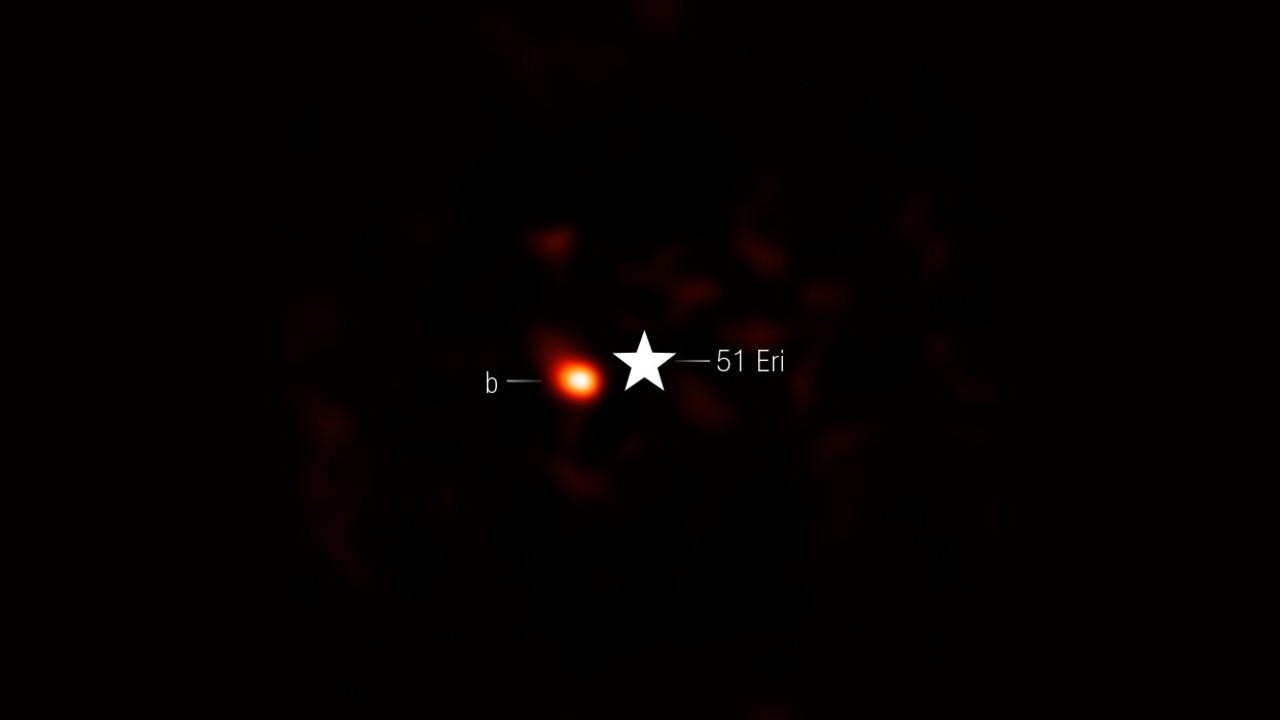
Last week, astronomers unveiled exciting new images of planets in the HR 8799 and 51 Eridani star systems — and it was all thanks to a creative use of the James Webb Space Telescope (JWST).
William Balmer, a Ph.D. candidate at Johns Hopkins University and lead author of the study, spoke to Space.com about how the images were captured by the James Webb Space Telescope, and why these results represent a major leap forward in our understanding of exoplanets, how they form and the search for extraterrestrial life.
"Direct imaging is critical for studying distant planets because it tells us the most information about the structure and composition of their atmospheres, independent of the light from the host star," Balmer explained.
Direct imaging of distant planets poses a major challenge due to several factors. Fore one, telescopes have difficulty distinguishing the faint light from a planet from the much brighter light emitted by its host star. The star's glare can overwhelm any signals coming from the planet, making it difficult to study the world's atmosphere in detail. This also isn't helped by the fact that most exoplanets are incredibly far away from us, which further limits the ability to capture clear images of them.
Here's where the James Webb Space Telescope comes in. Its advanced technology, including its large mirror and suite of specialized instruments, allows it to detect very faint emissions coming from orbiting exoplanets in the mid-infrared range of the electromagnetic spectrum — and this capability has opened a new frontier in exoplanet research.
"Different gases at various pressures and temperatures in the planet's atmosphere will absorb or emit light of specific wavelengths, and we can use these chemical imprints on the light to model with increasing clarity not only what planets are made out of, but how they might have formed based on what they're made out of," said Balmer.
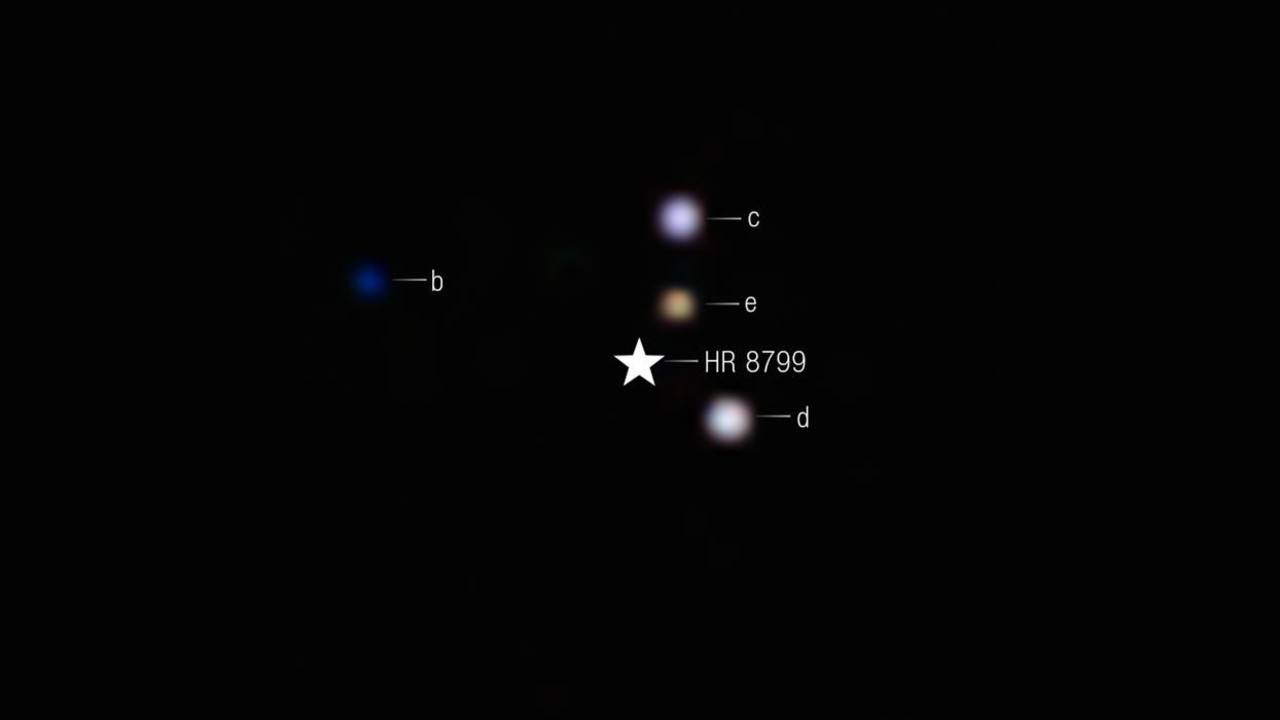
Balmer and colleagues took this a step further by capturing innovative coronagraphic images of exoplanets in HR 8799 and 51 Eridani — and they did so by using the JWST's coronagraphs in an unconventional way.
Get the Space.com Newsletter
Breaking space news, the latest updates on rocket launches, skywatching events and more!
"I like to joke that for this paper we 'used the coronagraphs wrong,' but what we really did was use a very thin part of the coronagraph mask, which allowed more starlight to diffract or leak around the edges of the coronagraph," Balmer explained.
Coronagraphs, first developed in 1930 to study the sun's corona, work by blocking starlight to reveal faint surrounding objects. On the JWST, they enable high-contrast imaging of exoplanets in the near- to mid-infrared range of the electromagnetic spectrum. However, if the coronagraph blocks too much light, it can obscure not just the star but also nearby planets.
To address this, Balmer's team adjusted the JWST's coronagraph masks, fine-tuning how much starlight was blocked to maximize planetary visibility.
"We relied on the stability of the JWST, [first] observing our targets [and then imaging] similar stars without known planets for comparison," said Balmer. By subtracting these reference images from the target images, the team effectively removed the star's light, isolating the faint signals from the planets.
"Because [the JWST] is so stable, the differences between the reference and target images are smaller than the light from the planets around our targets [allowing us to detect them more clearly]," added Balmer.
The study is also notable for producing the first-ever image of HR 8799 at 4.6 microns, a wavelength in the mid-infrared range. This is a significant achievement, as Earth's atmosphere absorbs much of the light at this wavelength, making ground-based observations in the range nearly impossible.
"Earth's atmosphere has only a brief window of transparency at 4.6 microns," Balmer explained. "Previous ground-based observations had attempted to image the innermost HR 8799 e at these wavelengths and failed. Some ground-based telescopes have larger mirrors than JWST, but our success highlights just how crucial the JWST's stability is for these kinds of detections."
But even more exciting for the team was the JWST's ability to observe at 4.3 microns — wavelengths completely blocked by Earth's atmosphere.
"The most exciting wavelength we had access to with the JWST is at 4.3 microns, where none of these planets had been observed before," said Balmer. "Since the Earth's atmosphere has a lot of carbon dioxide, [it] blocks a large amount of light at this wavelength."
The JWST's advantage here is that it exists beyond Earth's atmosphere, about a million miles (1.5 million kilometers) away from our planet in space.
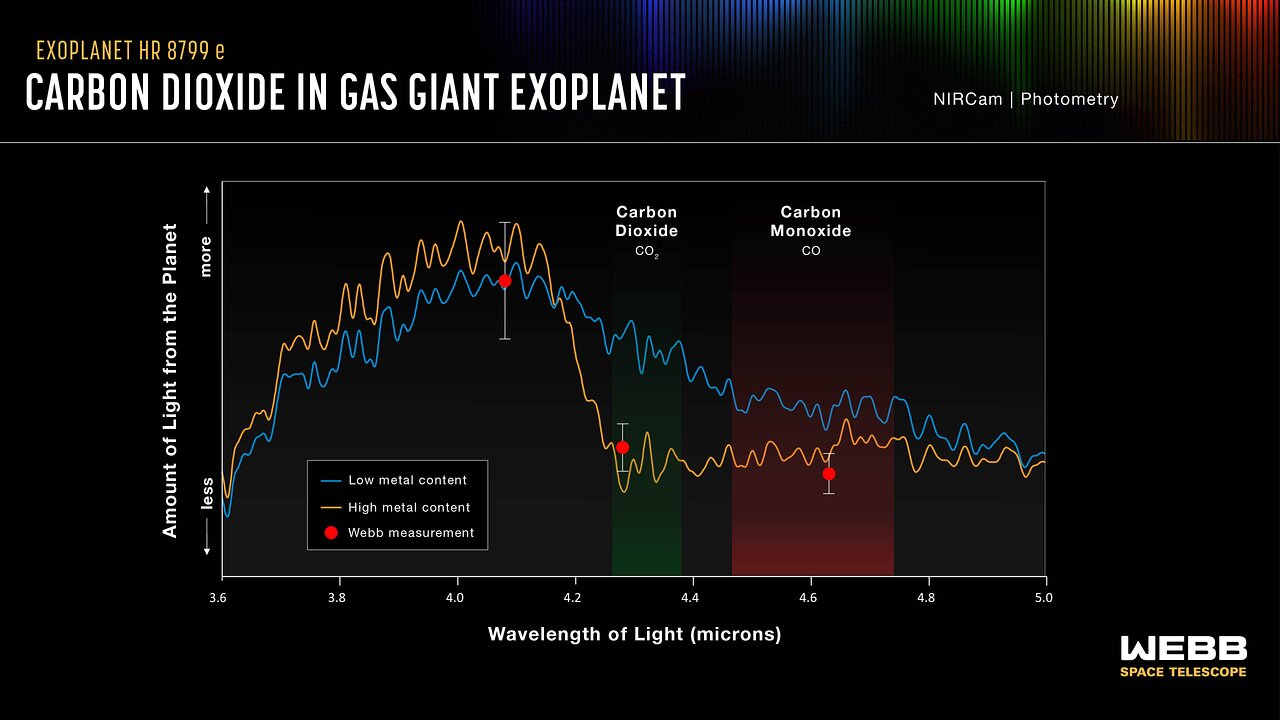
Carbon dioxide levels reveal key details about a planet's formation. In a planetary atmosphere, carbon monoxide and carbon dioxide are both present, but their balance depends on the amount of oxygen available. Because carbon dioxide contains more oxygen than carbon monoxide, a planet with high carbon dioxide levels likely has a higher abundance of "heavy" elements like carbon, oxygen, magnesium and iron. These elements come from the materials that originally formed the planet.
"Since the strength of the carbon dioxide feature in the HR 8799 planets' atmospheres is so strong, we are fairly confident that they have a larger fraction of heavy elements compared to its host star, which means they had to gather those heavy elements from somewhere," said Balmer.
The most likely explanation is that these planets formed through a process called core accretion — where rocky and icy cores grew large enough to capture thick atmospheres of hydrogen and other gases with their gravity.
The study's observations also revealed unexpected diversity in the "colors" of the HR 8799 system's inner planets. "The differences between the HR 8799 planets are quite interesting because previously these planets have looked relatively similar in the near-infrared," said Balmer, pointing out this example. "The mid-infrared clues us into different molecules, so it might be that the different colors of the planets in our images are due to differences in vertical mixing or composition."
For example, vertical mixing, which is the process of gases moving up and down a planet's atmosphere, can result in molecules ending up in places where scientists might not expect them to be.
"For instance, based on the temperatures of the HR 8799 planets, they should have a lot of methane in their upper atmospheres, and so we should see large methane absorption features," said Balmer. "Instead, we see very little methane, and a lot more carbon monoxide . This is because vertical mixing has moved warm, CO-rich gas from the deeper layers of the atmosphere up into the outer layers, where it has 'out competed' the methane that should be there."
A similar atmospheric process may be at play in 51 Eridani b, where the JWST's detection at 4.1 microns suggests out-of-equilibrium carbon chemistry. This planet is much fainter than expected, likely due to high levels of carbon dioxide and carbon monoxide in its upper atmosphere. "This indicates that the planet is probably metal rich, like HR 8799, but more particularly that hot, carbon monoxide and carbon dioxide rich gases from the planet's lower atmosphere are convected up into the upper atmosphere, where they absorb more outgoing light."
A similar process, for context, also occurs on Earth.
Balmer hopes future models will improve how they account for clouds and vertical mixing, allowing for better interpretation of high-precision data. Their team has been awarded 23 more hours of JWST time to study four additional planetary systems, aiming to determine whether their gas giants formed through core accretion. Understanding this process could reveal how giant planets influence the stability and habitability of smaller, unseen terrestrial worlds.
Join our Space Forums to keep talking space on the latest missions, night sky and more! And if you have a news tip, correction or comment, let us know at: community@space.com.

A chemist turned science writer, Victoria Corless completed her Ph.D. in organic synthesis at the University of Toronto and, ever the cliché, realized lab work was not something she wanted to do for the rest of her days. After dabbling in science writing and a brief stint as a medical writer, Victoria joined Wiley’s Advanced Science News where she works as an editor and writer. On the side, she freelances for various outlets, including Research2Reality and Chemistry World.
You must confirm your public display name before commenting
Please logout and then login again, you will then be prompted to enter your display name.
James Webb Space Telescope sees a celestial Venn diagram around a dying star
This star burped after eating a planet — but the planet was really asking for it
